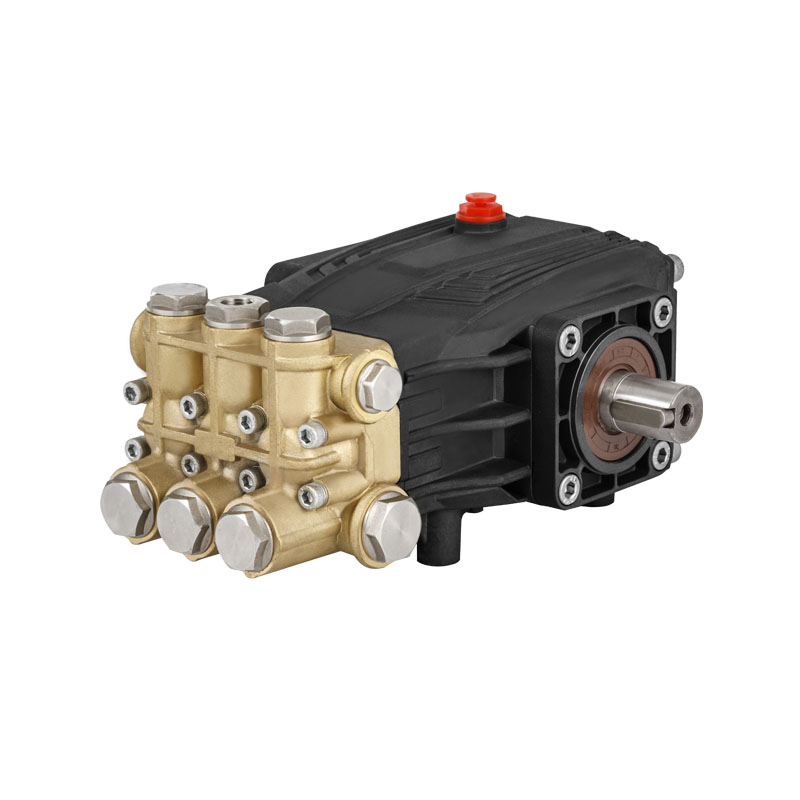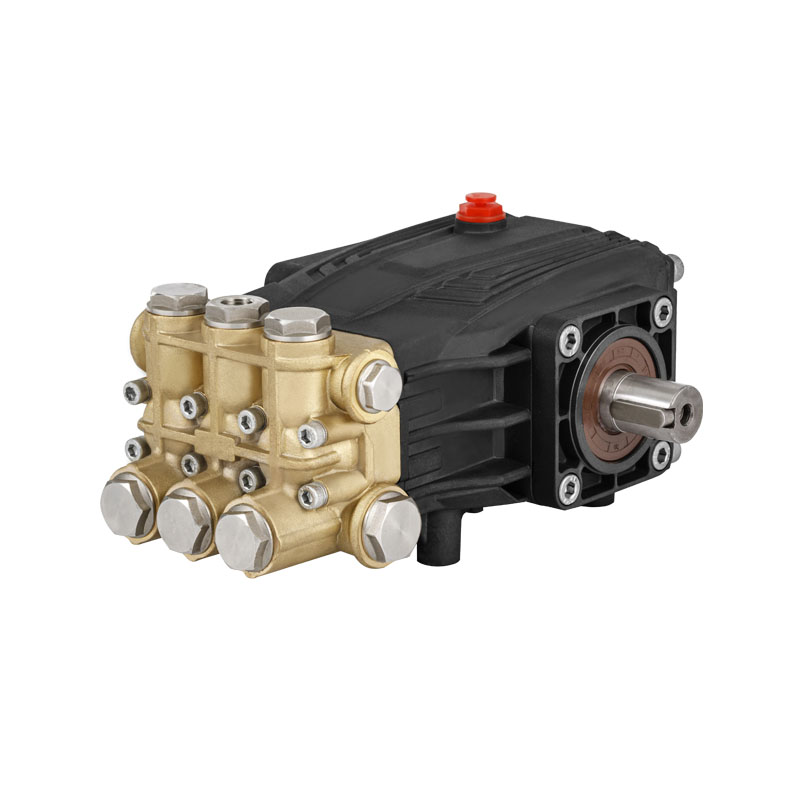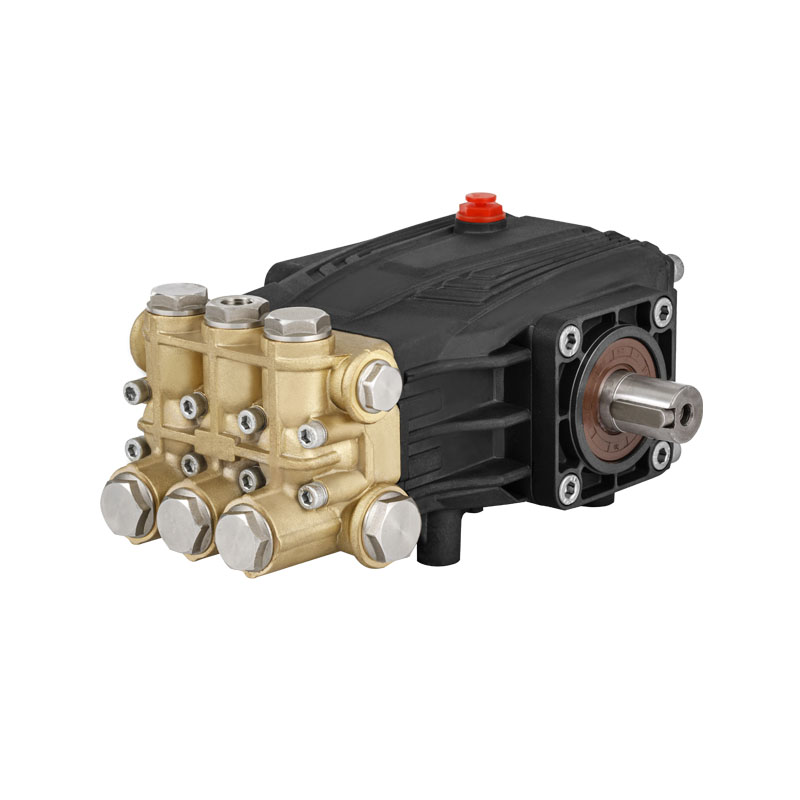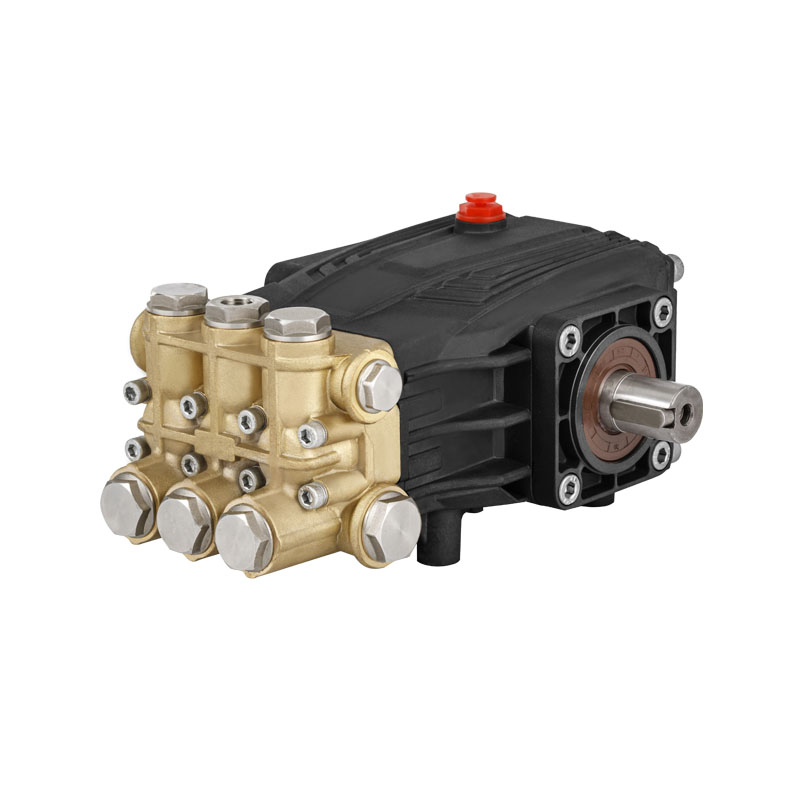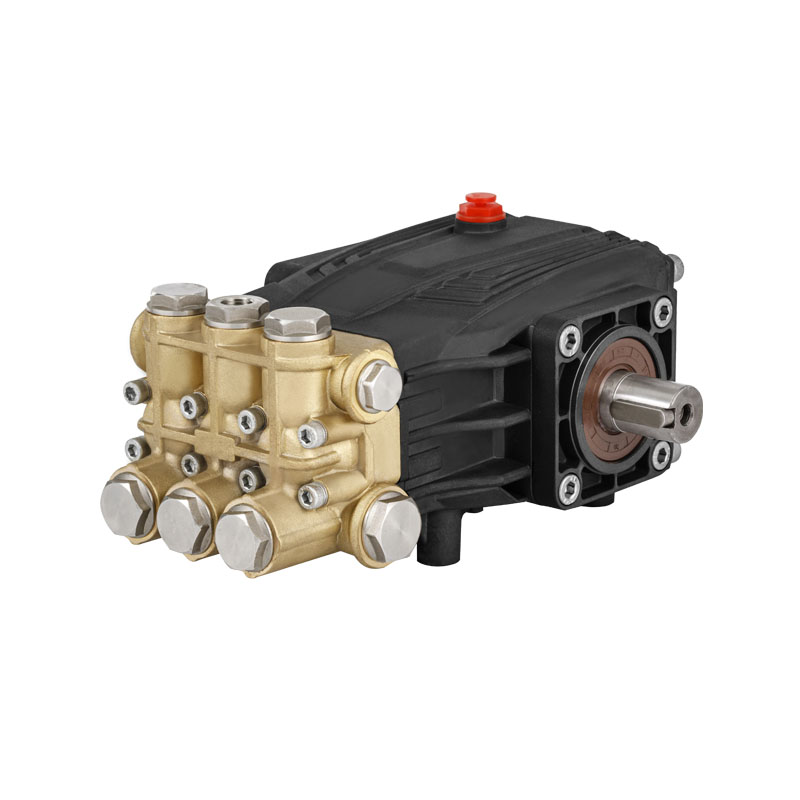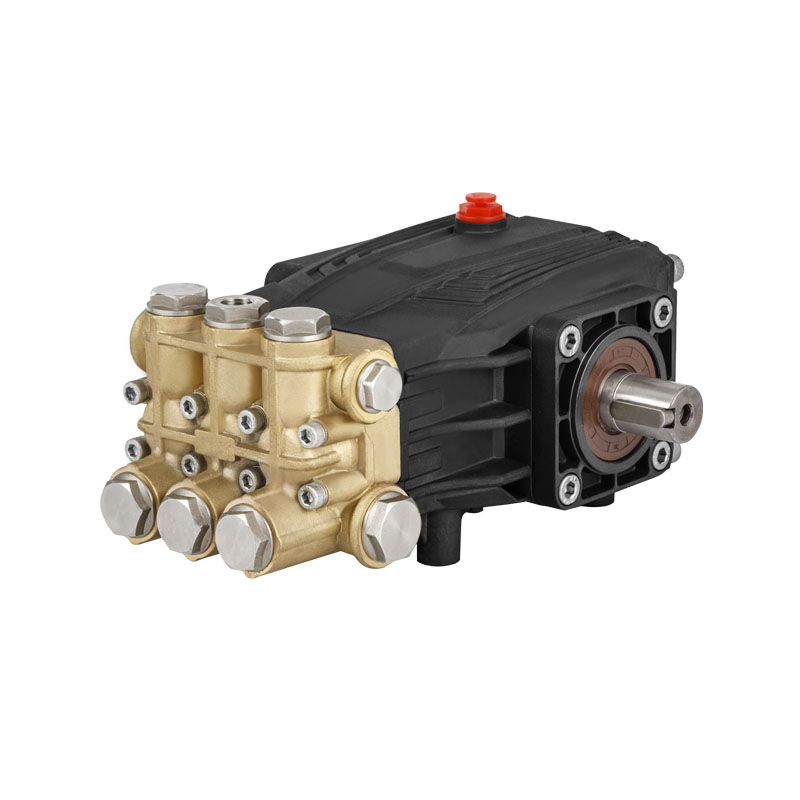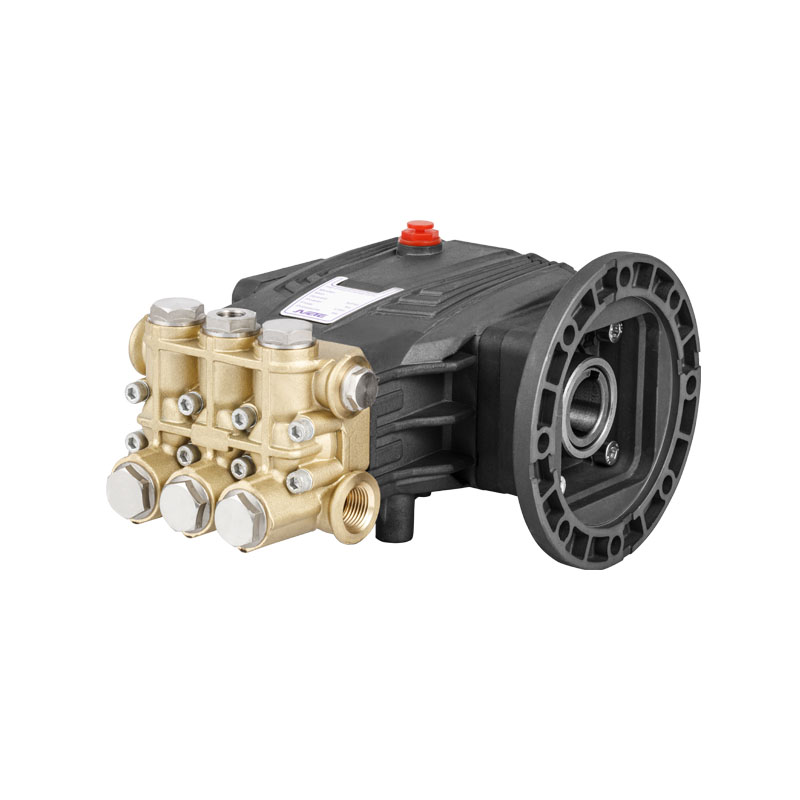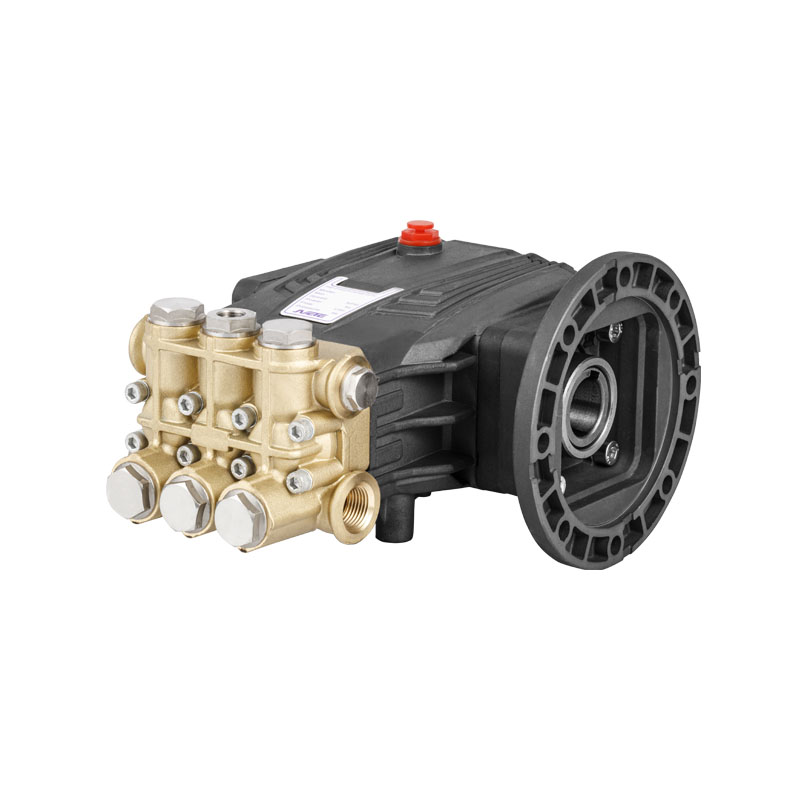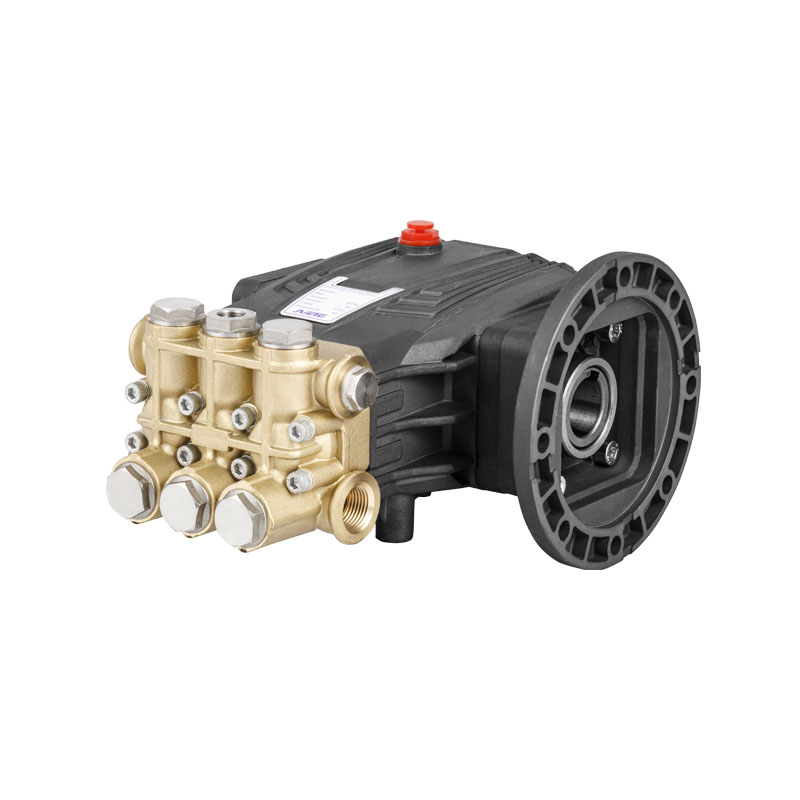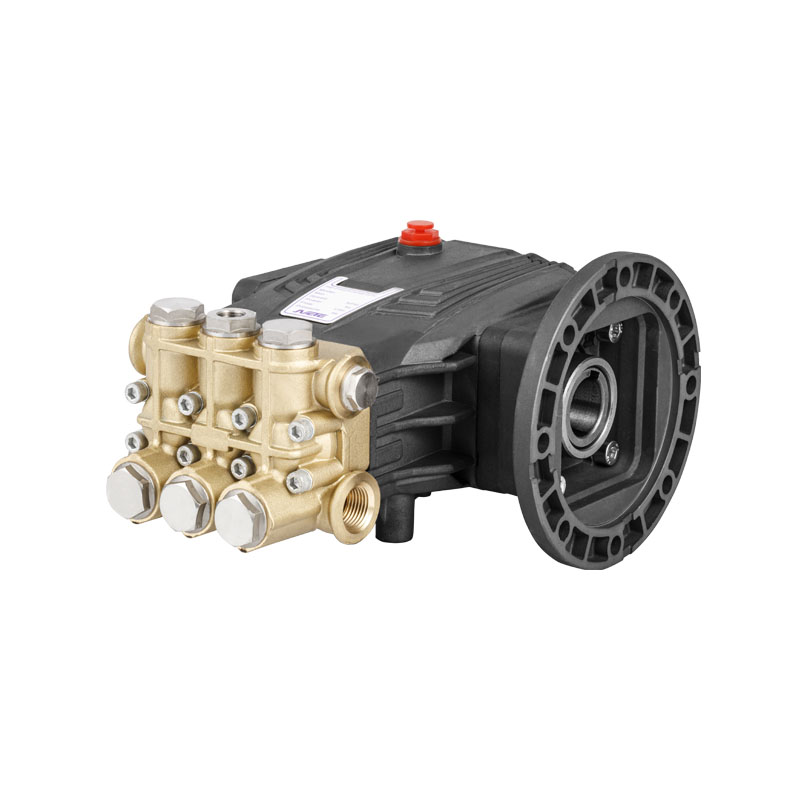The technological evolution of high pressure plunger pumps continues to transform industrial processes where reliable fluid handling under bad conditions is required. These robust machines represent a critical component in numerous applications, from manufacturing and energy production to water treatment and chemical processing. The unique design characteristics of high pressure plunger pumps make them particularly suitable for demanding operations where consistent performance under substantial pressure is essential for operational success and safety.
The fundamental operating principle of high pressure plunger pumps involves a reciprocating plunger that moves within a precision-fitted chamber. This mechanism creates the necessary force to generate significant pressure levels while maintaining precise control over fluid displacement. The design of modern high pressure plunger pumps incorporates advanced materials and engineering solutions that enhance durability and operational efficiency. These improvements have extended service intervals and reduced maintenance requirements while maintaining the reliability that industrial operations depend upon for continuous production cycles.
Industrial applications for high pressure plunger pumps span a diverse range of sectors. In water treatment facilities, these pumps handle reverse osmosis systems and high-pressure cleaning operations. Manufacturing plants utilize high pressure plunger pumps for hydraulic systems, metal forming processes, and surface treatment applications. The chemical industry relies on these pumps for accurate dosing and transfer of various substances, while energy sector operations employ them for multiple processes requiring precise high-pressure fluid handling. The versatility of high pressure plunger pumps makes them indispensable across these varied applications.
Technological advancements have significantly improved the performance characteristics of modern high pressure plunger pumps. Enhanced sealing technologies reduce leakage and extend operational life, while improved plunger materials withstand abrasive and corrosive fluids more effectively. Modern control systems integrated with high pressure plunger pumps allow for precise adjustment of flow rates and pressure levels, enabling operators to optimize performance for specific process requirements. These developments have increased the efficiency and reliability of high pressure plunger pumps while reducing their environmental impact through decreased fluid losses and energy consumption.
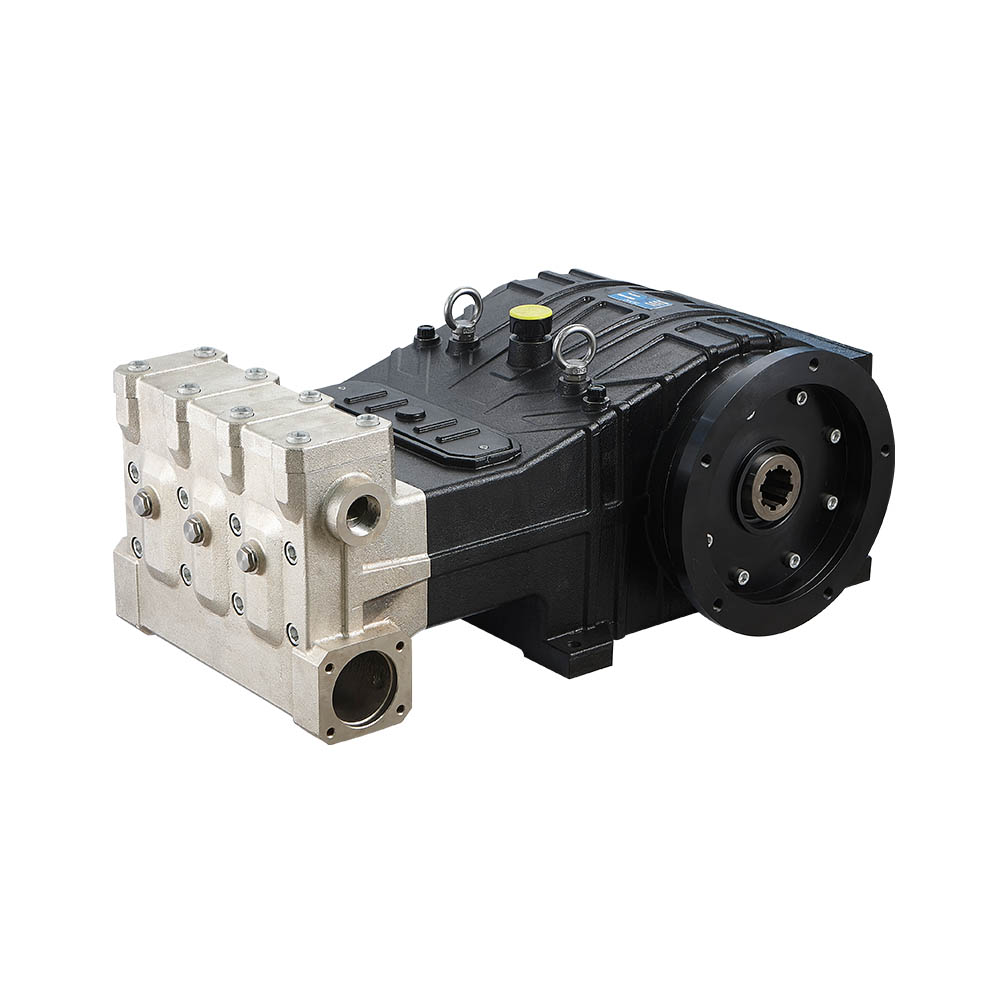
The maintenance and operation of high pressure plunger pumps require specialized knowledge and procedures. Regular inspection of critical components such as seals, valves, and plungers is essential for preventing unexpected downtime. Maintenance protocols for high pressure plunger pumps typically include monitoring vibration patterns, checking for unusual noise, and verifying pressure consistency. Proper installation and alignment are crucial for big the service life of high pressure plunger pumps, as misalignment can cause premature wear and reduced performance. Many operations have implemented predictive maintenance programs that utilize sensor data to anticipate service needs before failures occur.
Safety considerations for high pressure plunger pumps operation remain paramount in industrial settings. Engineering controls and protective systems help mitigate risks associated with high-pressure fluid handling. Regular safety training for personnel working with high pressure plunger pumps covers proper operating procedures, emergency response protocols, and maintenance safety practices. The design of modern high pressure plunger pumps incorporates multiple safety features including pressure relief valves, rupture discs, and warning systems that alert operators to abnormal conditions.
The future trajectory of high pressure plunger pumps technology appears focused on greater connectivity and automation. Integration with industrial IoT systems allows for real-time performance monitoring and data collection from high pressure plunger pumps across multiple facilities. As industries worldwide continue to emphasize sustainable practices, the role of efficiently operating high pressure plunger pumps in reducing resource consumption and environmental impact becomes increasingly significant.





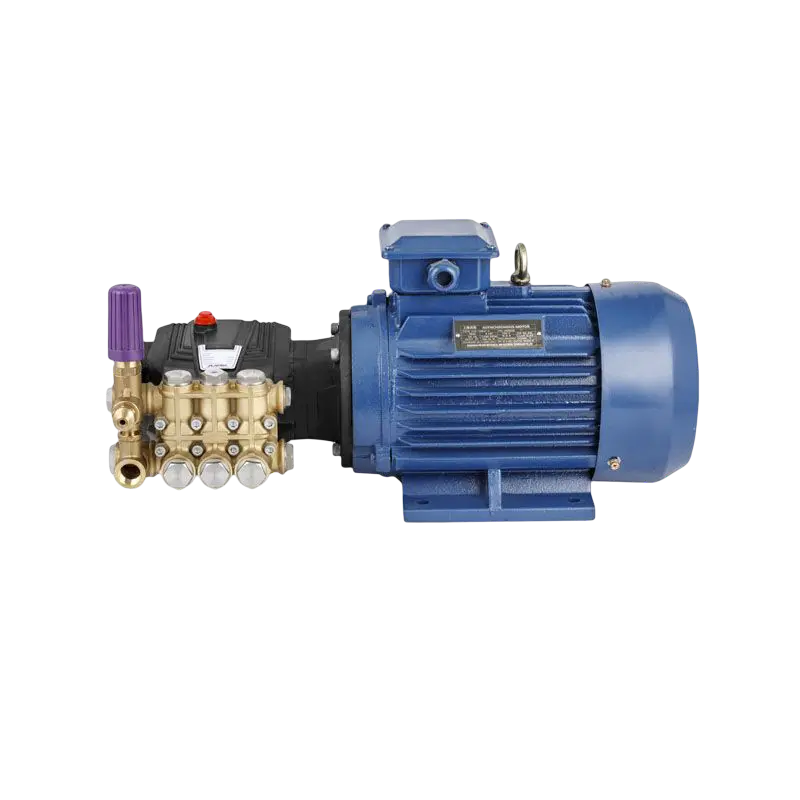
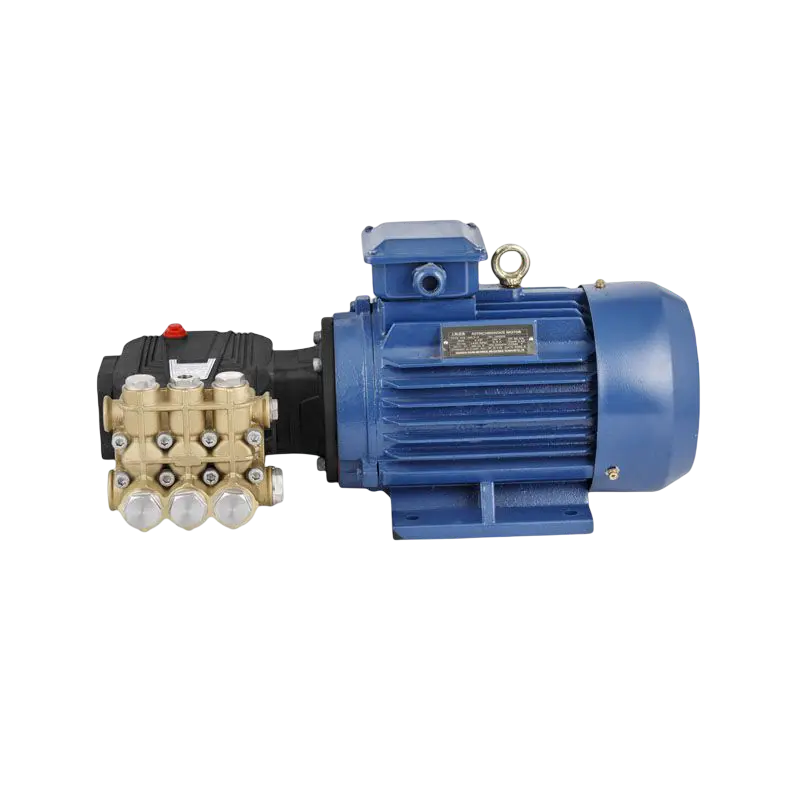
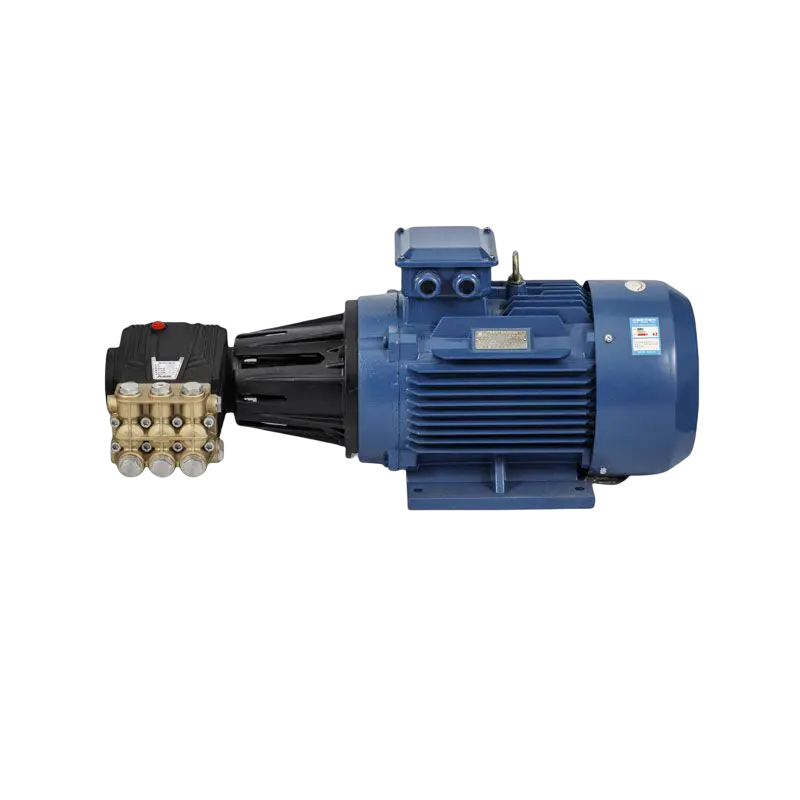
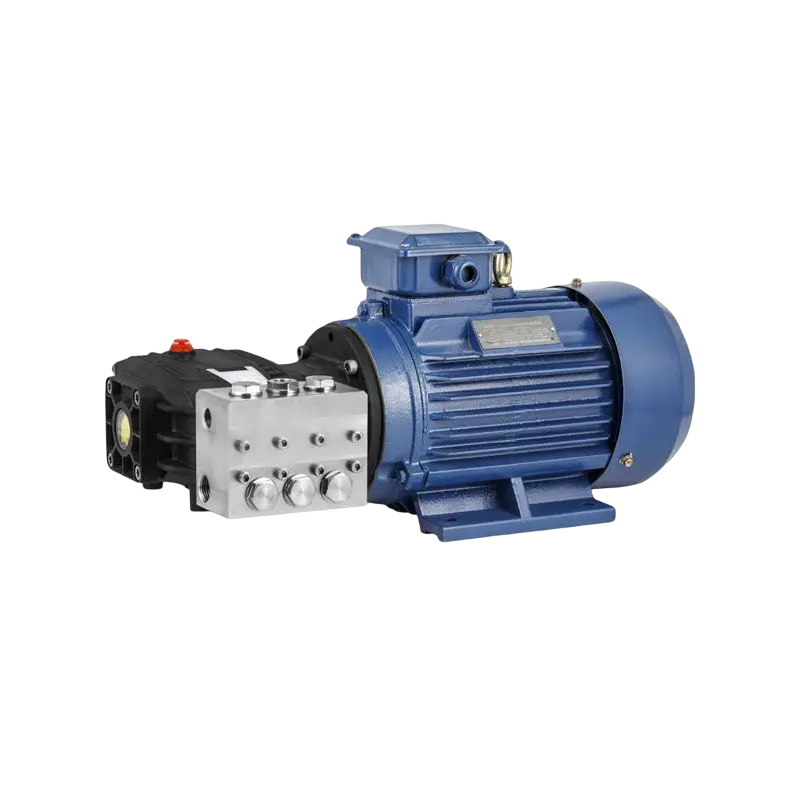
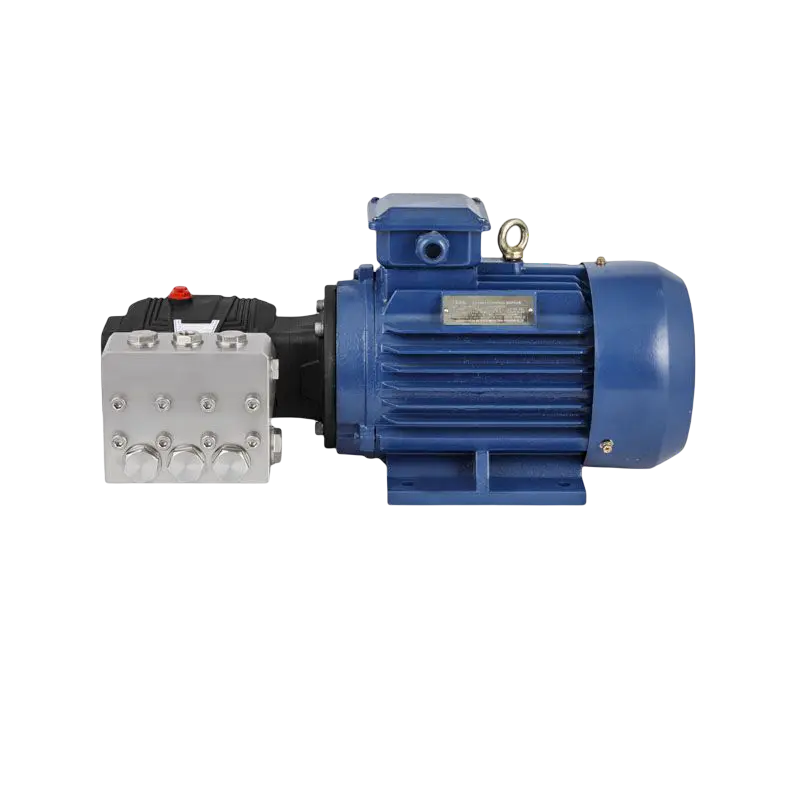
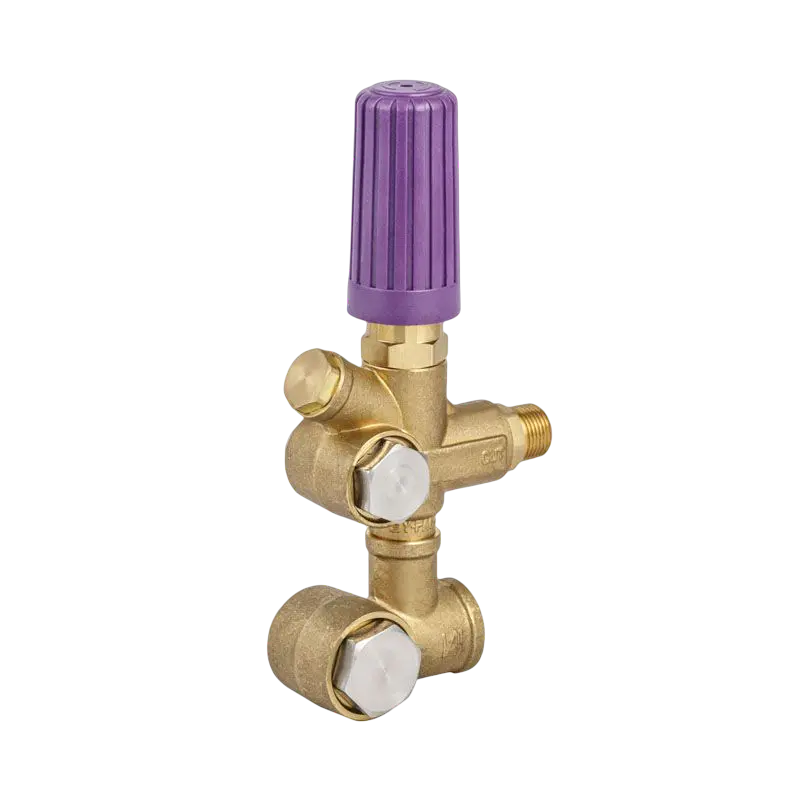
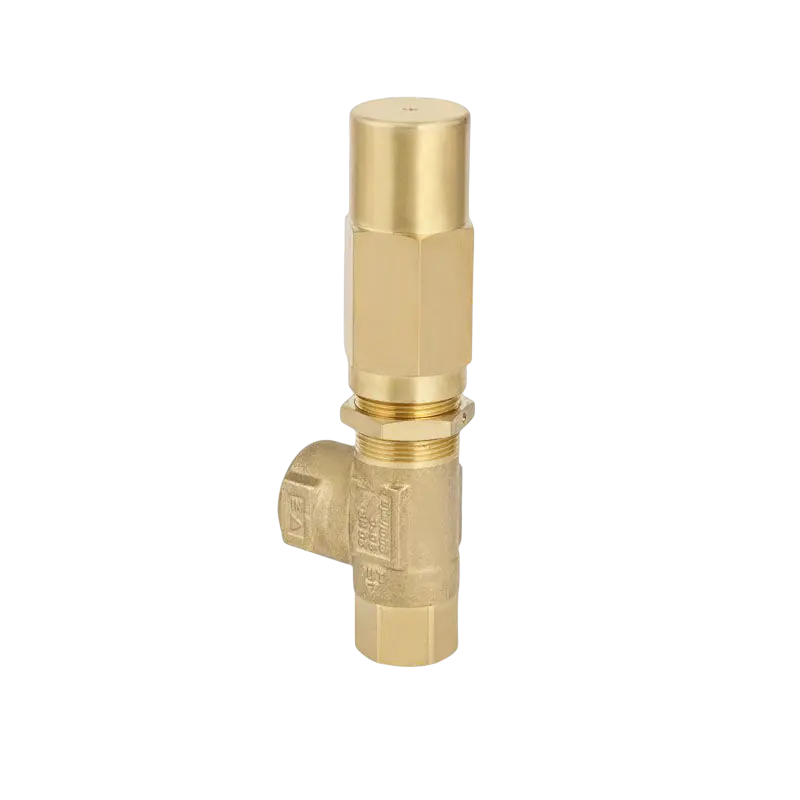
-2(1).png)
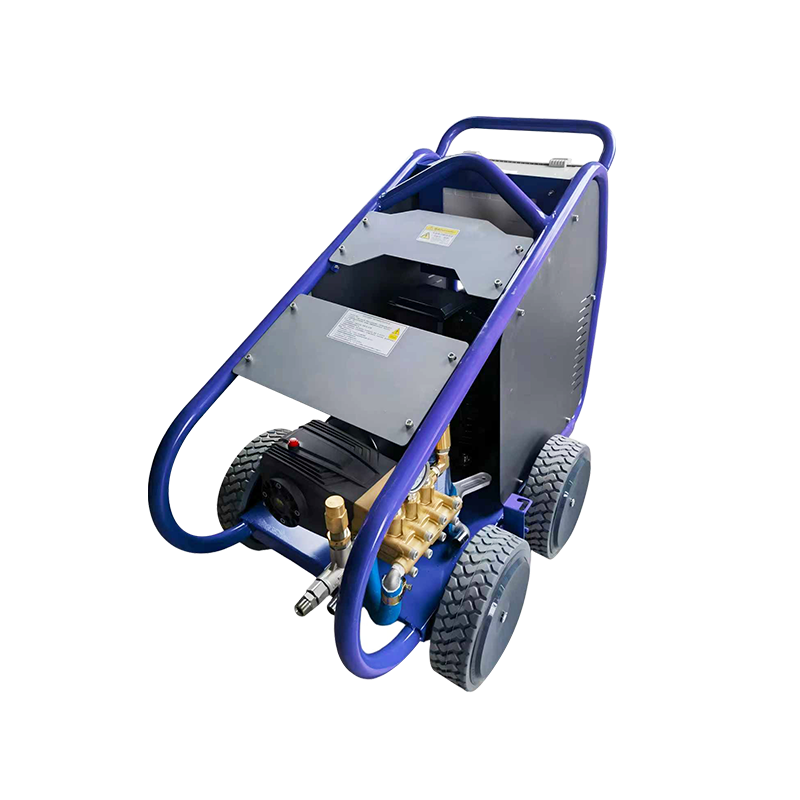


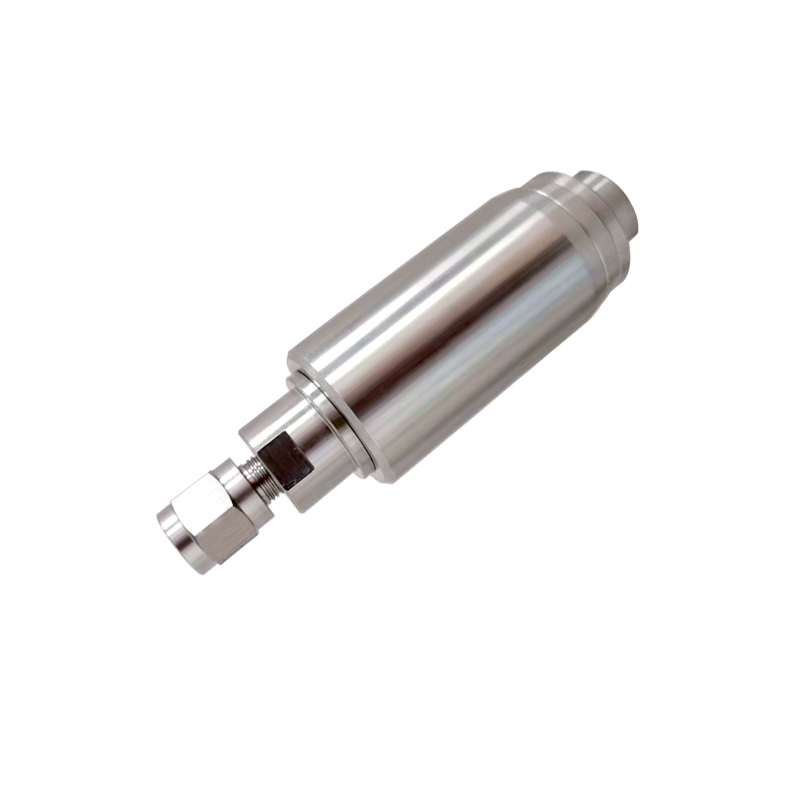
 English
English Español
Español
